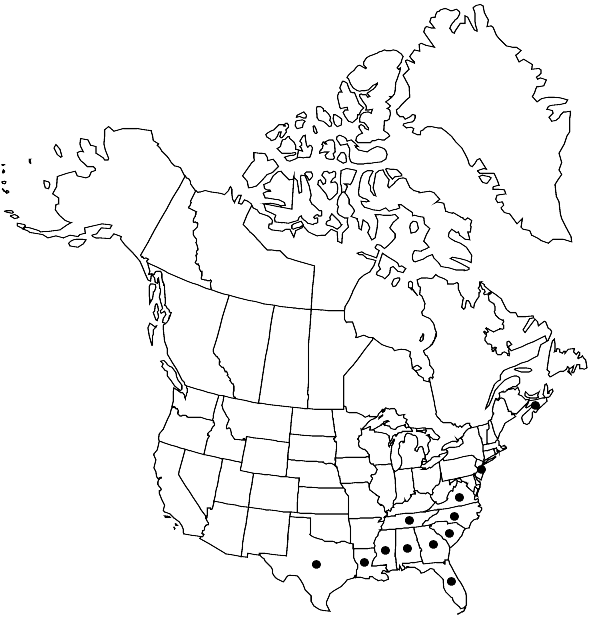Difference between revisions of "Sphagnum cyclophyllum"
in A. Gray, Manual ed. 2, 611. 1856,.
FNA>Volume Importer |
imported>Volume Importer |
||
| (5 intermediate revisions by 2 users not shown) | |||
| Line 1: | Line 1: | ||
{{Treatment/ID | {{Treatment/ID | ||
|accepted_name=Sphagnum cyclophyllum | |accepted_name=Sphagnum cyclophyllum | ||
| − | |accepted_authority=Sullivant | + | |accepted_authority=Sullivant |
|publications={{Treatment/Publication | |publications={{Treatment/Publication | ||
|title=in A. Gray, Manual ed. | |title=in A. Gray, Manual ed. | ||
| Line 30: | Line 30: | ||
-->{{#Taxon: | -->{{#Taxon: | ||
name=Sphagnum cyclophyllum | name=Sphagnum cyclophyllum | ||
| − | + | |authority=Sullivant | |
| − | |authority=Sullivant | ||
|rank=species | |rank=species | ||
|parent rank=section | |parent rank=section | ||
| Line 44: | Line 43: | ||
|publication year= | |publication year= | ||
|special status= | |special status= | ||
| − | |source xml=https:// | + | |source xml=https://bitbucket.org/aafc-mbb/fna-data-curation/src/2e0870ddd59836b60bcf96646a41e87ea5a5943a/coarse_grained_fna_xml/V27/V27_68.xml |
|genus=Sphagnum | |genus=Sphagnum | ||
|section=Sphagnum sect. Subsecunda | |section=Sphagnum sect. Subsecunda | ||
Latest revision as of 21:27, 5 November 2020
Plants low, erect or procumbent, loosely tufted; green or more frequently yellowish, orangish brown-red, reddish brown or dark red; capitulum not developed. Stems brown to black; superficial cortex of 1 (–2) layers of enlarged, thin-walled cells. Stem leaves broadly ovate, 3.5–4 mm, apex rounded and indistinctly toothed; hyaline cells on convex surface with 10–20 small (2.5–7.5 µm) round pores approximately 1/6 the diameter of the hyaline cells along the commissures, cells on concave surface uniporose in distal end or aporose, sometimes one or a few pores are scattered over the surface of the cells. Branches few, single and short or more commonly none. Branch fascicles, if any, usually only 1 single branch. Branch leaves if any, are usually slightly smaller, 2–3 mm, but otherwise identical to the stem leaves. Sexual condition dioicous. Capsule immersed in perichaetial leaves, pseudopodium extremely short, without pseudostomata. Spores 25–40 µm; coarsely papillose on both surfaces; proximal laesura more than 0.5 the length of the spore
Habitat: In open grassy savannas, pine barrens, ditches, bare sand in places that are usually submerged for a portion of the year
Elevation: low to moderate elevations
Distribution

N.S., Ala., Fla., Ga., La., Miss., N.J., N.C., S.C., Tenn., Tex., Va., South America.
Discussion
Sporophytes are quite rare in Sphagnum cyclophyllum, which grows associated with S. pylaesii, S. perichaetiale, S. portoricense, and S. lescurii. Sphagnum pylaesii is the only other North American Sphagnum that regularly grows unbranched. The latter species not only lacks the typical sect. Subsecunda branch leaf porosity of S. cyclophyllum but is also much more slender. Sphagnum pylaesii is also much more likely to occur submersed, where it occurs in branched forms, something S. cyclophyllum rarely does. See also discussion under 57. S. microcarpum and 61. S. platyphyllum.
Selected References
None.